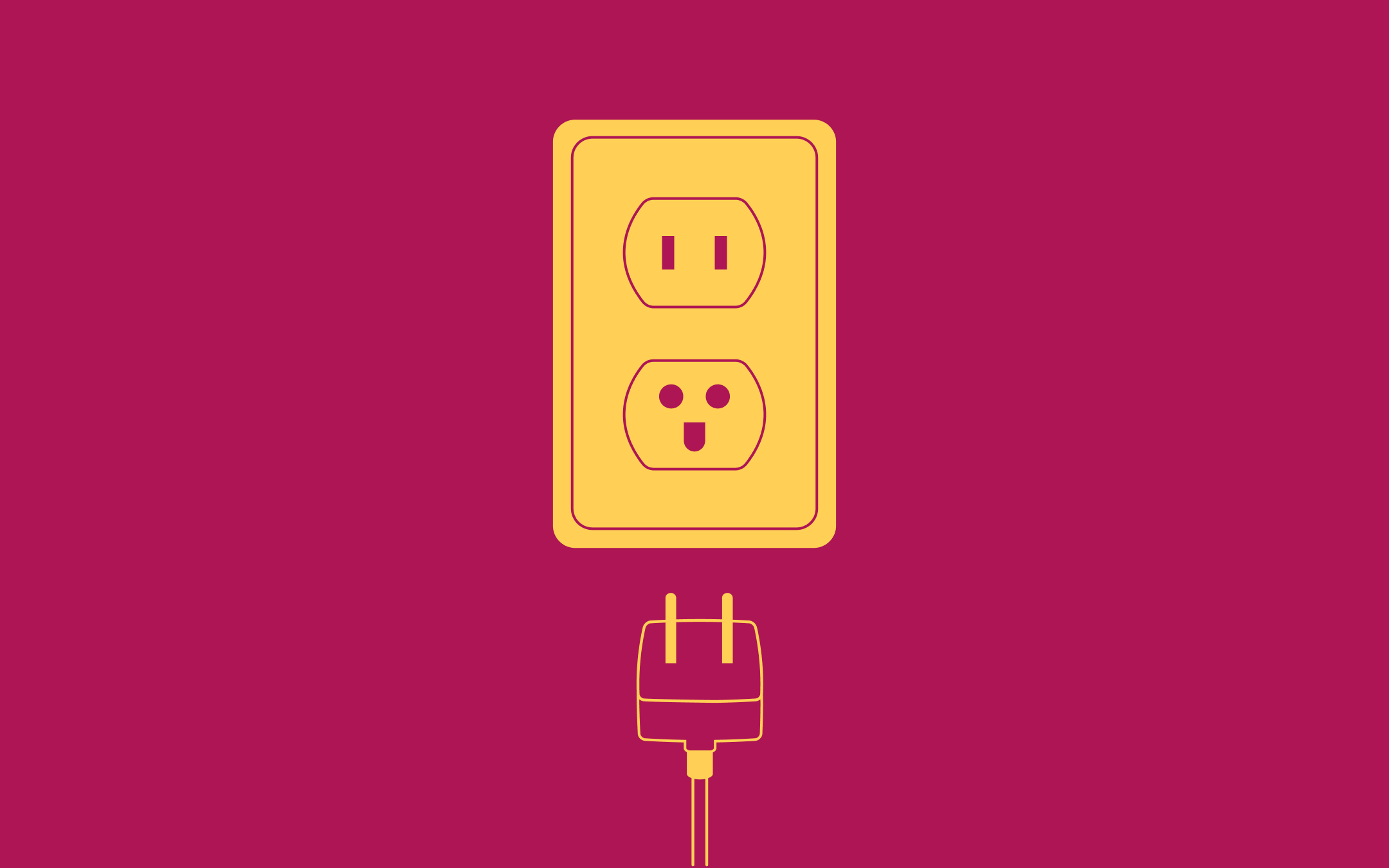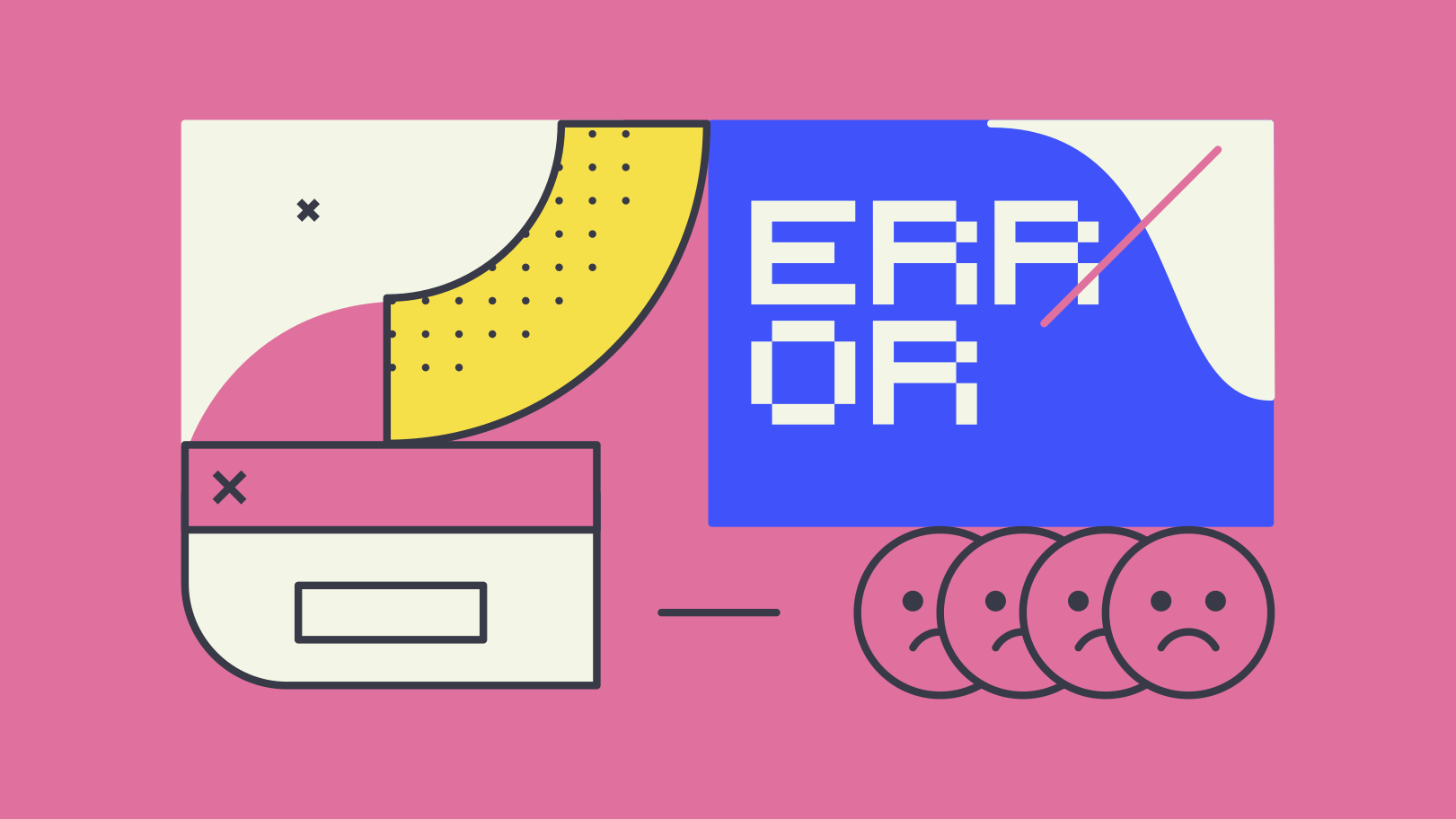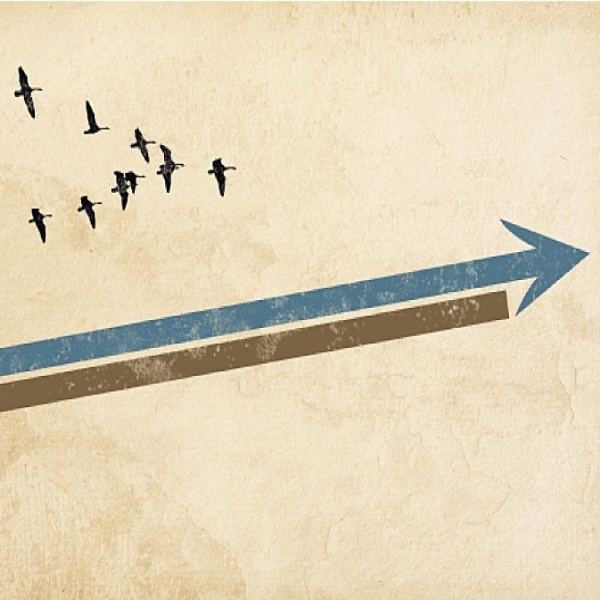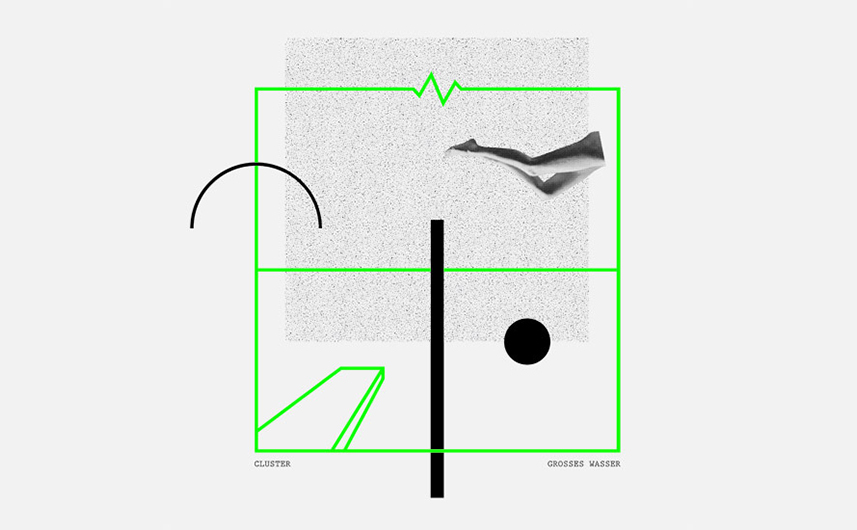Since the dawn of man, every entrepreneur believes they have the magical product that is going to change the game, revolutionize the market, blaze the trail, and yes, make the world a better place. It’s the type of hyperbolic startup language we’ve come to quickly identify and dismiss because we know at the end of the day, venture capitalists don’t really back products—they back winning business models.
So, how do you skip the tech jargon and get straight to a hair-on-fire business model? There may be no better litmus test than that of the elusive “product-market fit.” Coined by Marc Andreessen, co-founder of influential Silicon Valley venture capital firm Andreessen Horowitz, he defined it simply as “being in a good market with a product that can satisfy that market.”
Product-Market Fit Is Startup Nirvana
Sounds easy enough, but the little description belies its massive business implications. This is the sought-after point at which you have identified the best target industries, buyers, and use cases for your product. Sales and marketing strategies become easily repeatable and, more importantly, scalable. It’s the great chasm between the “10x” investment return companies and the ones you’ve never heard of.
These days, most startups don’t fail because of the strength of their idea. It’s because they burn through cash without carefully planning for the crucial moment when customers actually want what they are selling. Achieving product-market fit is nirvana, and there are no shortcuts to nirvana. Fortunately, thousands of companies have gone before us, and there’s something to learn from their trials and tribulations.
Research, Personas, and Segmentation
Everything, and we mean everything, begins with an effort to understand the market landscape and key pain points. In researching the various industry verticals and potential buyers, you are on the hunt for your target customers. After all, they ultimately decide how well a product meets their needs.
Call us old fashioned, but we’ve long believed that the best way of conducting market research is actually talking to your potential customers face-to-face. Sure, you’ll get more data if you use online surveys, but the quality of that data will always be diluted. Especially at the beginning of your journey, you need to hear how a real, emotive conversation about your product evolves in real time. If you put in the work, your customers will tell you exactly what would make their lives substantially better.
We’ve talked before about the importance of using research to develop personas and market segmentation. As a reminder, segmentation is the partitioning of the full market into digestible parts—hopefully with customers that share similar behaviors and needs. Defining the attributes and characteristics of various target users is a great way to make sure everyone on the product team understands exactly who they are designing, building, and sweating for.
These personas aren’t set in stone—they should be revised as you learn more and more. After forming and reiterating on these personas, the next step is understanding their underserved needs. If you can address customer pain that is not adequately being soothed, you’ve stumbled upon pay dirt. In terms of market opportunity, pain is gain. All of this information is driving toward the creation of your value proposition, or how your product will meet customer needs better than the alternatives.
Prototyping, Iterating, Optimizing
Equipped with this information, you should be ready to create what’s sometimes called a minimum viable product. With the help of prototyping tools such as inVision, it’s never been easier to show your customers an interactive, high-fidelity version of your product—without actually having to build the whole thing.
This is a safe space for experimentation, feedback, and a low-risk way to glean deeper insights. The biggest disservice you could do to your product team is asking leading or closed questions that trigger a yes or no response. Engage your sense of curiosity and ask open-ended questions to encourage insightful responses. Only then will you be able to identify genuine patterns and refine the initial prototype into something that is delightful and addresses customer concerns.
Take It to Market
As any creator knows, you can get stuck in the spin-cycle of revision forever. The only real way to validate your hypotheses is by eventually taking your product to market. That’s when the lessons come fast, hard, and uncensored. Suddenly, you’ll have access to conversion funnel metrics, marketing economics, product engagement levels, utilization rates, and lost customer churn.
It will feel like trying to repair a bicycle while currently riding it downhill—but rest easy knowing that you don’t have to fix everything at once. It’s just about optimizing what you can control to make your sales process repeatable and scalable in your established vertical.
Things to Remember
- Seek insights from your employees, especially those out in the field. Your operations team sees all the problems with the product and hears all the complaints from your customers. Set yourself up for success early by creating a frictionless process to get those insights to senior management.
- There will never be one way to determine product-market fit. You need to embrace the mentality of a scientist by testing, tinkering, and questioning every data point. Use A/B testing with messaging, try different price points, and push everything as far as your conversion rates will allow.
- There are so many useful tools out there, like how to calculate your total addressable market size. David Skok, the venture capitalist at Matrix Partners, wrote a great blog on this topic as well. It includes a list of the key questions you need to be asking yourself along each step of the product-market fit process. In addition, it has a calculator template to see how you can score your product-market fit.
- Trying to be everything to everyone will result in you being nothing to everyone. Especially for startups, who are often working with a limited budget, it’s always better to have a narrow focus to start. Then, you can go dive deep in that one vertical, making you the clear industry expert in your domain.
To learn more about how to find the right product-market fit, contact Founding Partner Tracy Lloyd at [email protected].
Emotive Brand is a brand strategy and design firm in San Francisco.





